|
We typically give quite a bit of thought to most of our kitchen appliance choices. But exhaust hoods, they get much less love. Most people don’t give range hoods the attention they deserve. They might think some about the aesthetic design of the range hood, but not a lot of people think through how to size and position their hood, and what features they should look for in a range hood that will give them the the perfect balance of suction power and quietness. If you think about it, the range hood, also called an exhaust hood and a vent hood, is one of the more hardworking appliances in the kitchen. Because it removes irritating fumes, smoke, heat, odors and potentially damaging moisture, the exhaust hood allows for a safer, more comfortable, cleaner, less smelly, and more enjoyable kitchen experience. So in this mini lesson and the next one, we’ll discuss few things that will help us make informed decisions about what sort of hood we should choose. Let’s start out be going over a few pro terms. These are terms associated the main parts of an exhaust hood. PRO TERMS Blower: Also called a fan. The blower is the heart of the range hood. The blower is the device that moves stale cooking air out of the kitchen. Although the terms “fan” and “blower” are used interchangeably, technically, fans are designed to operate at lower speeds, while blowers are engineered to move air at higher speeds and pressure. There are 3 main types of blowers, which a named according to their location: Internal blowers Inline/Remote blowers External blowers An internal blower is located internally, inside the actual range hood unit. It’s integrated into the hood unit itself. An “inline” blower is also called a “remote” blower. It’s called remote because it’s located remotely, outside of the range hood . Called inline because it’s located in the line of the duct system that’s attached to the hood. An inline/remote blower is outside of the hood, but inside the house. Inline blowers can be located in an attic, garage, or between floors, in ceiling joists. Now don’t get internal and inline mixed up. An internal blower is inside of the hood itself, like an internal organ of the hood. And inline blower is located in, or along the duct line, not inside the hood. An external blower is located externally, on the outside the house, in a weather-resistant enclosure, usually on the roof or an outside wall. For the quietest vent hood operation, you’ll want to choose an inline or external blower. But we’ll talk more about that in the next episode. Ductwork: The metal, cylindrical channel that leads the air from the kitchen hood to the outdoors. Adequate ducting is essential to properly exhaust contaminants out of the kitchen. Filter: The filter traps grease and food particles before they can reach the blower and ductwork. Mesh and baffle filters are the most common types and we’ll talk more about them later. Damper: A movable plate, located in the duct that regulates the flow of air and prevents outside air from coming inside when the blower is off. A backdraft damper, if not supplied with the hood, is highly recommended. The damper keeps outside air from flowing backwards into the house. Okay, those were the pro terms. Ready for the mini lesson? The Home Ventilating Institute (HVI) gives us some guidelines about properly sizing a vent hood. The Home Ventilating Institute is a non-profit association of the manufacturers of home ventilation products. The HVI is the authority for testing residential ventilation products. Products displaying the ‘HVI Certified’ label have been independently tested and certified to verify they meet specific industry standards. And that testing ensures that products will perform as the manufacturer promises, according their stated ratings for airflow, sound, and energy. There are no government standards for rating range hood performance, so unless the range hood is HVI tested, certified, and verified, a manufacturer can claim anything in the unregulated ventilation market. So look for that HVI label. PROPERLY SIZING A VENT HOOD What are the recommendations for properly sizing a vent hood? According to the HVI, a kitchen range hood should be at least the same width as the cooking surface it will ventilate. But many experts say the vent hood should be 6 inches wider than the stove to most effectively capture smoke, heat and fumes. I’m personally going to choose one that’s 6 inches wider than my stove. That extra 6 inches means the hood will extend 3 inches beyond the stovetop on the right and left, making it easier for the vent hood to capture cooking fumes and heat. What about range hood height? The hood, according to HVI, should be mounted directly over the stovetop at a height of 18 to 30 inches above the burners. Many local building codes specify the height for the range hood in their local areas. The ideal depth of your hood (from front to back) should cover all back burners and at least half of all front burners. But the hood should probably not be the full depth of the stove, otherwise you’ll likely bump your head on the hood when cooking. If you or your spouse are over 6 feet tall, install your vent hood at the highest level recommended by the hood manufacturer and allowed by your local building code authorities. Lower hood heights can obstruct the view of taller cooks. If you do raise the height of your range hood, you may need a slightly more powerful blower to effectively pull out steam, heat and grease. Okay, so we talked about the 3 kinds of blowers or fans that hoods use to suck up stale air, remember those are internal, inline, and external. Now let’s go over the ways the vent hood get rid of the stale air. Exhaust hood can be ducted, ductless or convertible. DUCTED, DUCTLESS AND CONVERTIBLE HOODS Ducted hoods take stale kitchen air to the outside of your home. Ducted hoods are the best option for optimally removing cooking contaminates, heat, steam and odors. A ducted vent is what we want. Ductless, or non-vented hoods recirculate air through a filter to remove odors without ducting. Ductless hoods, also called recirculating hoods, provide no real ventilation. They simply collect, filter, then recirculate air from the cooktop. These non-ducted exhaust hoods are typically found below over-the-range microwaves. They do not reduce moisture and have very limited value in managing odors. These below-the-microwave hoods pull air in, filters it, and spits that filtered air back into the kitchen. I have one of those ductless, recirculating vents in my current kitchen, and I can tell you from experience they don’t work very well. Lastly, there are convertible range hoods. These aren’t very common. A convertible range hood is a hood that can be converted from ducted to ductless, using a recirculating kit. The main reason you would choose a convertible range hood is if you’re not sure whether you want your hood to be ducted or ductless, or if you think you might want to change the location of your stove and vent hood in the future. In that case, a convertible range hood could give you more flexibility and more options in years to come. If you don’t know whether you want a ducted or ductless vent hood, let me help you. You want a ducted vent hood. Definitely ducted. Now, you know that with almost everything I tell you to do what’s best for you, but in the case of vent hoods, I strongly recommend that you go with a ducted range hood that takes stale kitchen air to the outdoors. Ductless vent hoods just don’t work very well. They just don’t. And it’s not just me that thinks that. The HVI recommends that you always use exhaust hoods that vent directly to the outside of the home if you want optimal air quality. So, I’m not even going to go into anymore detail about ductless or convertible hoods. I’ll only be discussing ducted hoods from here on. Alright, so range hoods are categorized by their blowers (remember there are internal, inline and external blowers), and hoods are categorized by whether they are ducted or ductless. Another main way we classify vent hoods is by their power or the amount of air they can suck in. That power is measured in cubic feet per minute or CFM. You’ll want to choose an exhaust hood with an appropriate number of CFMs for your stove and cooking habits. VENT HOOD CFMs The HVI has a minimal recommendation of 40 CFM per linear foot of your stove, but optimally they suggest 100 CFM per linear foot for your stove. And that’s if the stove is against a wall, as they most often are. For cooktops installed on the kitchen island, the HVI says that you need minimally 50 CFM per linear foot of the stove, and optimally 150 CFM per linear. An Island hood needs to be more powerful since the hood won’t have a wall to contain and trap the contaminated air. Go for the optimal HVI recommendations if your budget allows. As you can imagine the price of the exhaust hood increases with increases in CFMs. Again, for optimal ventilation, the HVI recommends 100 CFM per linear foot of stovetop for stoves that sit against a wall, and 150 CFM per linear foot of stovetop if you have a cooktop installed in a free standing kitchen island. For those large, expensive “professional-style” gas cooktops or ranges, HVI recommends following the cooktop manufacturer's advice to determine ventilation requirements. But the general rule of thumb for professional style gas ranges and cooktops is 1 CFM for every 100 BTUs. BTU stands for “British Thermal Unit.” That’s the measurement for heat output of gas-fueled appliances. Another way of thinking of that ventilation rule of thumb for professional style gas ranges is to take your stove's BTU rating and divide it by 100. That will give you the CFMs you’ll need. For example, a 30,000 BTU professional-style stove would require a vent hood with a minimum of 300 CFMs. And if there is a grill or griddle in your cooktop or range, you should add 200 CFM to that estimate. Note that there are some challenges with high CFM range hoods. Not only are high CFM hoods more expensive, but as those powerful hoods draw large amounts of air out of your house, they will need a make-up air system to replace all the stale air that has been removed. The laws of air pressure and equilibrium will cause your house to try to replace or make-up for the large amounts of air lost through the range hood. If you don’t have a dedicated make up air system installed along with your high CFM hood to balance out the air exhausted by the vent hood, outside air will make its way into the house through leaks in your HVAC system, chimney, windows, doors, or even your walls. That’s not good. We don’t want air unintentionally seeping into our houses. We want any air coming into our homes to be controlled and managed. If you have an exhaust hood with lots of CFMs, say 300 CFMs or more, you should consider adding a make up air system. Building code in many areas actually requires a dedicated make-up air system for range hoods with 300 or more CFMs. Installing and operating make- up air systems will add to your exhaust system expenses. These added expenses include an electric heater to warm the incoming air when operating the range hood in colder climates. Choosing a more powerful exhaust fan than recommended probably won’t damage anything, as long as you have the appropriate make-up air system installed, but I wanted you to know about the added expenses. Interestingly, Consumer Reports and other experts say, in the case of exhaust hoods, bigger is usually better. An exhaust hood with too few CFMs will not clear the air adequately, causing accumulation of smoke, heat, moisture and odors in your kitchen and grease and grime on your kitchen surfaces. Ultimately, the HVI recommends using the stove manufacturer's ventilation requirements. But know that cooks that generate lots of moisture from regularly boiling large pots of water, or that produce a lot of grease splatter and smoke because they do a lot of frying, will usually require slightly more exhaust capacity/CFMs than is generally recommended. I couldn’t find a source that told me what “slightly more CFMs” means, but I’m thinking that cooks that do a lot of large pot boiling, wok cooking and frying may need at least 100-200 more CFMs than recommended for the average cook. Here's a link to an online calculator that will give you more specific recommendations for the number of CFMs you'll need for your particular situation, including size of kitchen and size of range. Well that’s it for the lesson. Before we go, let’s do a couple of quiz questions to review some of key points QUIZ 1. True or False. An internal blower is also called a “remote” blower. An internal blower is located outside of the hood, along the line of duct system. An internal blower can be located in an attic, garage, or between floors. That’s false. What's described in that question is an inline blower not an internal blower. An internal blower is located inside the vent hood, it’s like an internal organ. An external blower is located outside the house, either on the roof or on an outside wall. Because they are located outside of the vent hood, both inline and external blowers give you a quieter exhaust hood. More on what we can do for quieter ventilation in a couple of weeks. 2. True and False: For optimal ventilation, the Home Ventilating Institute recommends 100 CFMs per linear foot of stovetop, if the stovetop is located against a wall. And they recommend 150 CFMs per linear foot of stovetop if the stovetop is on a kitchen island. That’s true. True for non-professional-style stoves. For professional-style gas stoves, HVI recommends following the manufactures guidelines. Next time, we'll talk more about vent hoods, including what we can do to have quieter ventilation. Quietness is increasingly important in our open concept homes where conversations happen in and around our kitchens. Thanks for stopping by. I hope you learned as much as I did. And I hope you'll come back in a couple of weeks for the next episode of BYHYU. Stay safe and well.
0 Comments
Your comment will be posted after it is approved.
Leave a Reply. |
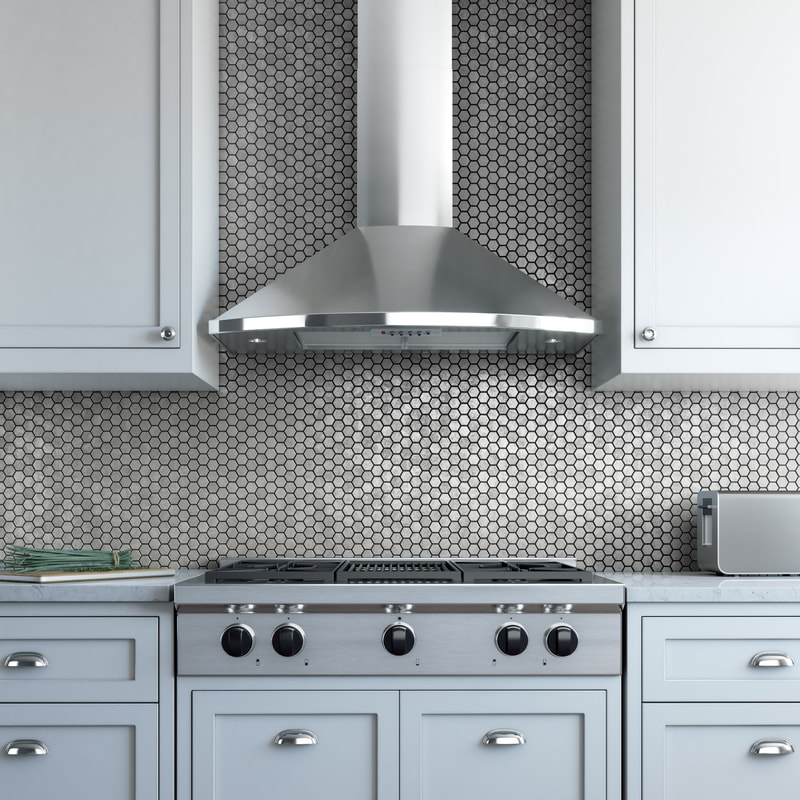
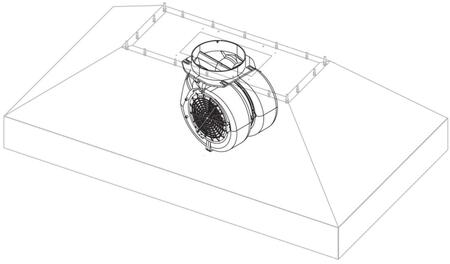
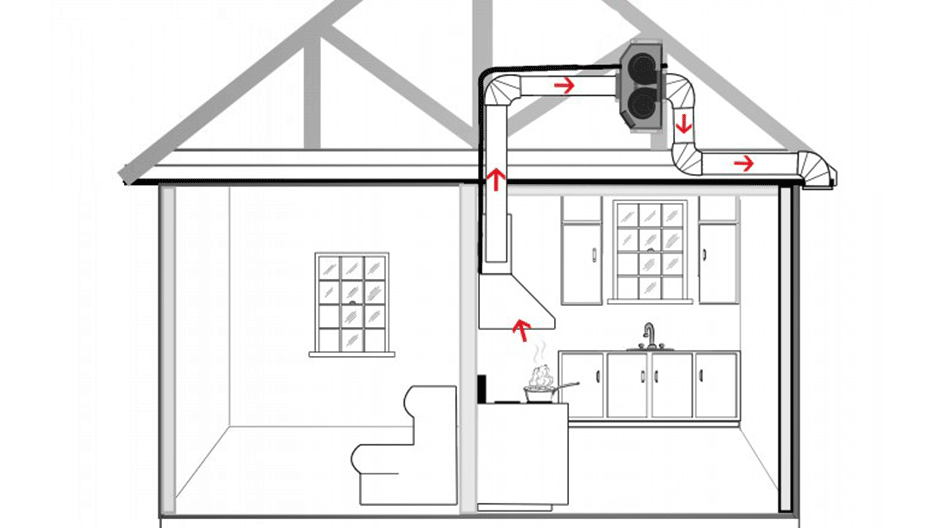
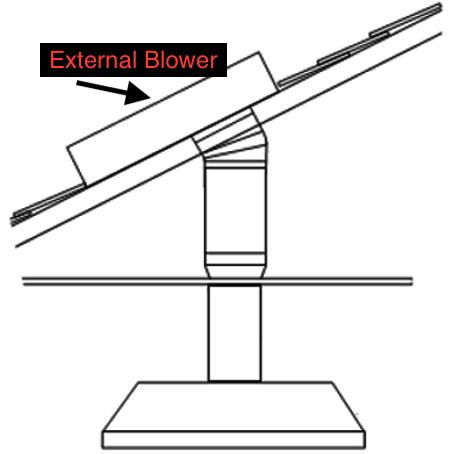
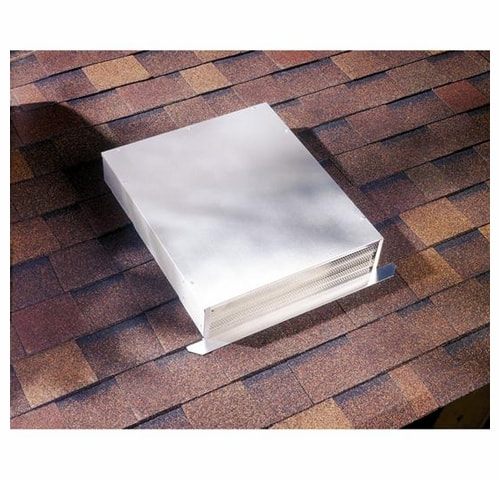
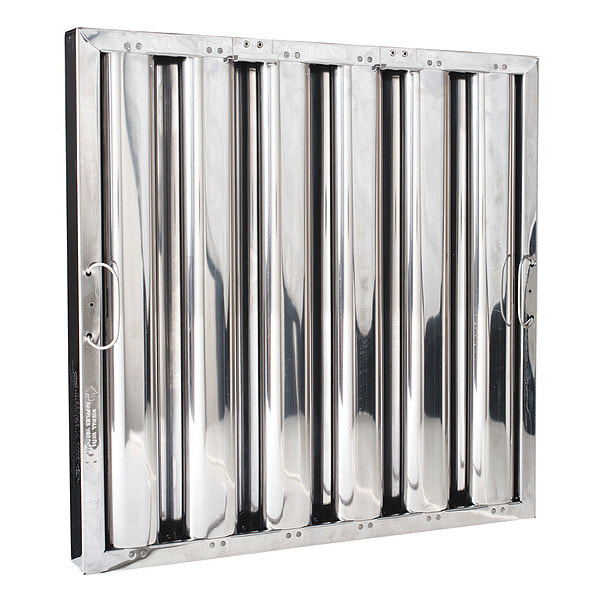
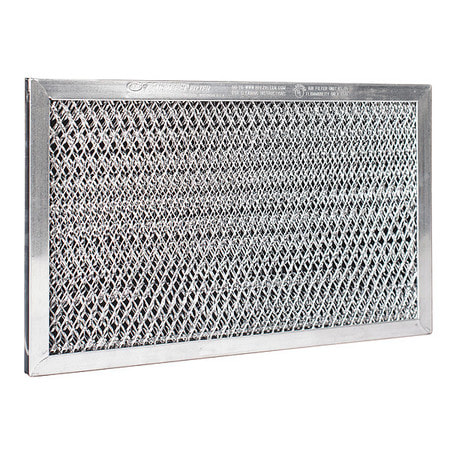
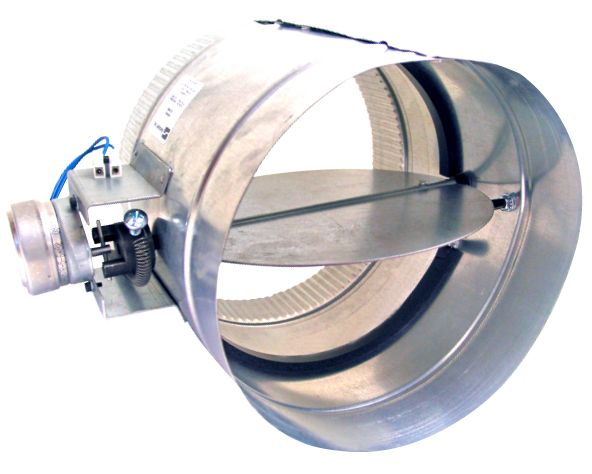
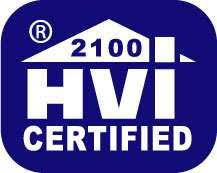
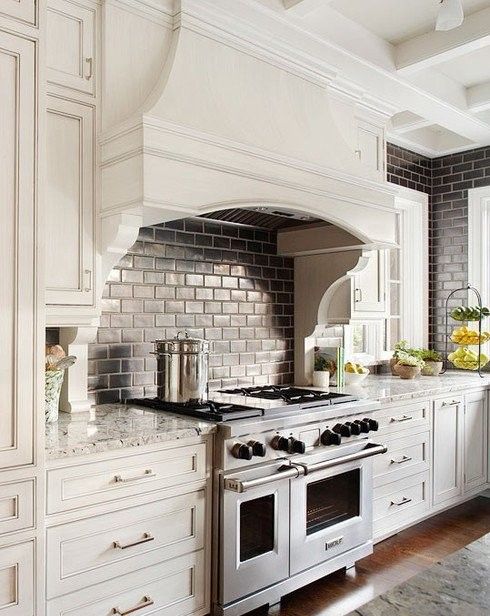
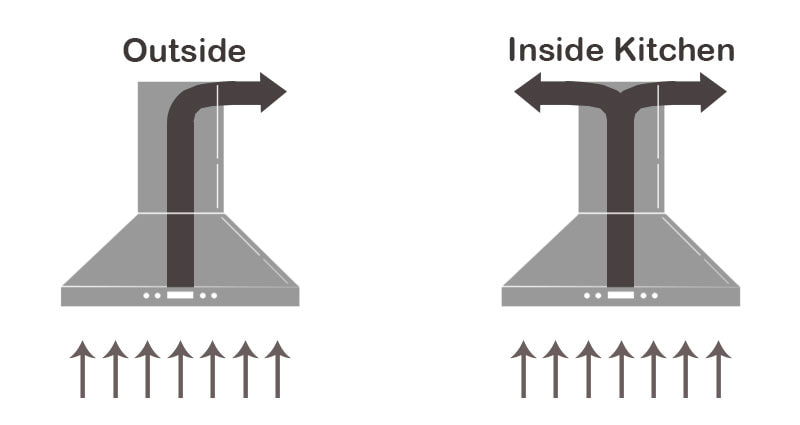
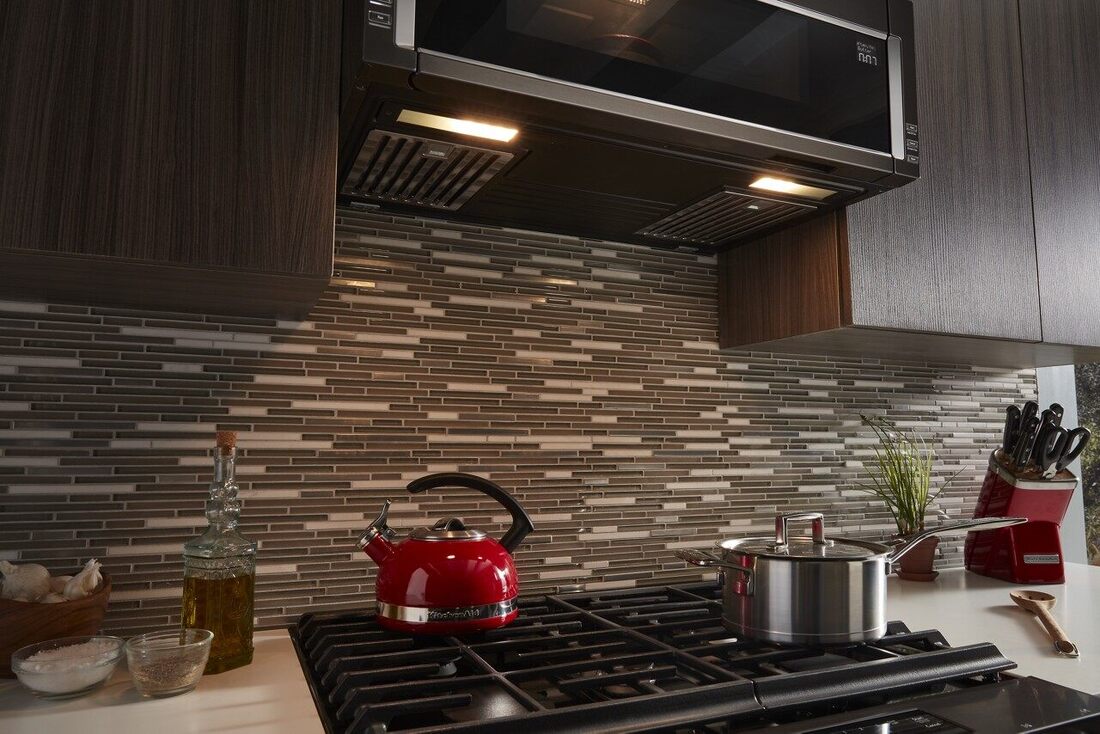
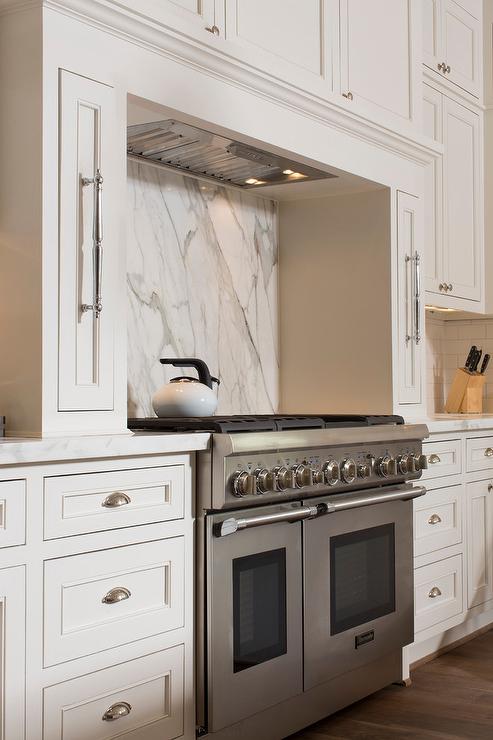
 RSS Feed
RSS Feed